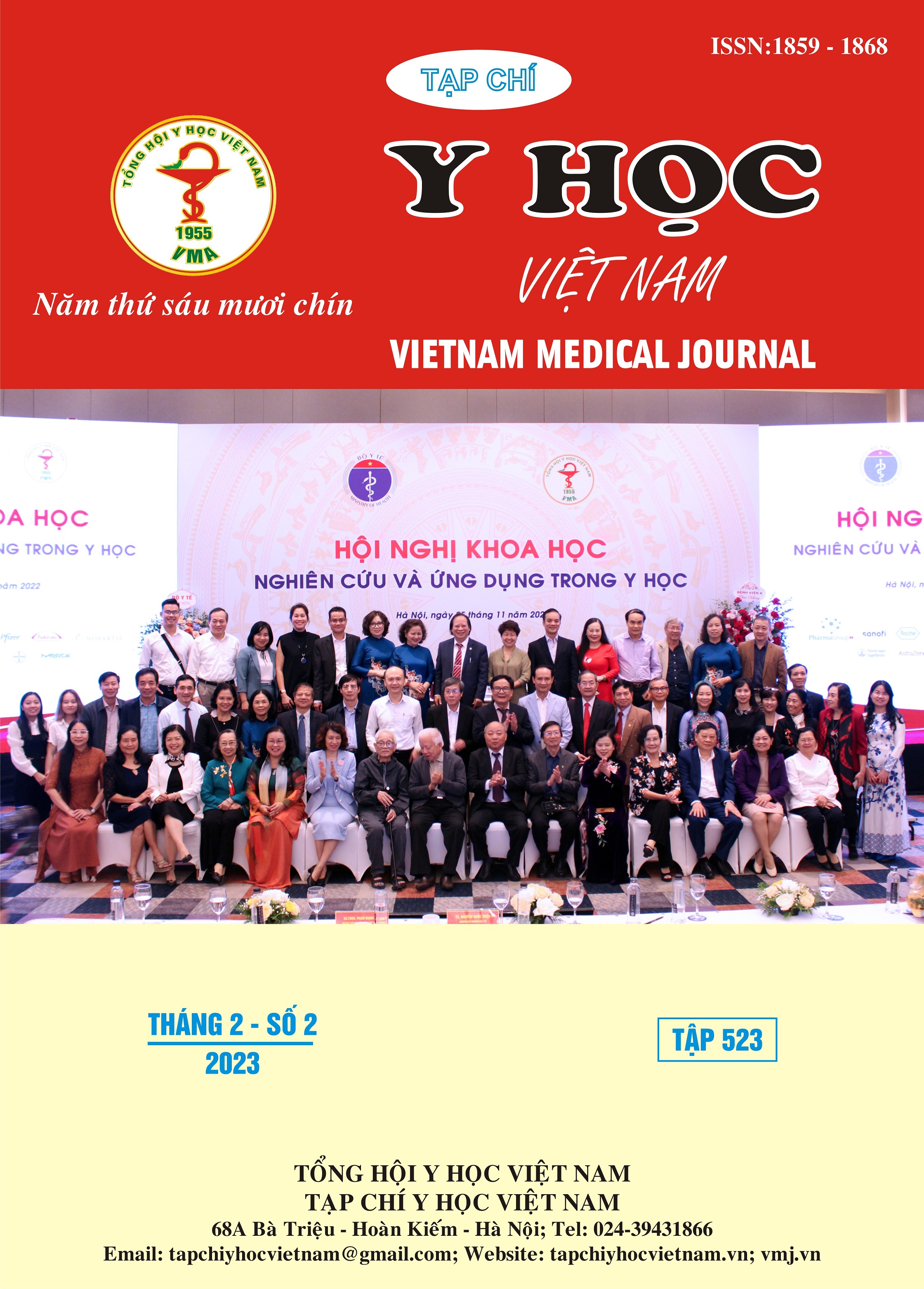STIMULTANEOUS DETERMINATION OF NARINGIN AND HESPERIDIN IN YOUNG POMELO POWDER BY LIQUID CHROMATOGRAPHY TANDEM MASS SPECTROMETRY (LC-MS/MS)
Main Article Content
Abstract
Objectives: Stimultaneous determination the content of naringin and hesperidin in young pomelo. Subjects and Methods: naringin an hesperidin in young pomelo. The qualitative procedure by HPLC-MS/MS was built and validated. Results: Chromatographic conditions: C8 column, mobile phase methanol – acetic acid 0.1 % (50 : 50), flow rate 0.6 ml/min, column temperature 30 oC, autosampler temperature 10oC, injection volume 5 μl, and MS/MS detector with ESI (-), MRM mode. Validation results proved the proposed method was suitable for determining the content of naringin and hesperidin in young pomelo powder. Conclusion: The procedure can be applied for stimultaneous determination the content of naringin and hesperidin in young pomelo.
Article Details
Keywords
naringin, hesperidin, young pomelo, LC-MS/MS.
References
2. AOAC International, “AOAC Guidelines for Single Laboratory Validation of Chemical Methods for Dietary Supplements and Botanicals”, 2002;Section 3.4:17-22.
3. Chen L, Lai Y, Dong L, Kang S, Chen X., “Polysaccharides from Citrus grandis (L.) Osbeck suppress inflammation and relieve chronic pharyngitis”, Microbial pathogenesis, 2017;113:365-371.
4. ICH Harmonised Tripartite Guideline, “Validation of analytical procedures: text and methodology”, 2015:1-13.
5. Mäkynen K, Jitsaardkul S, Tachasamran P, et al., “Cultivar variations in antioxidant and antihyperlipidemic properties of pomelo pulp (Citrus grandis (L.) Osbeck) in Thailand”, Food Chem, 2013;139(1-4):735-743.
6. Xi W., Fang B., Zhao Q. et al., “Flavonoid composition and antioxidant activities of Chinese local pummelo (Citrus grandis Osbeck.) varieties”, Food Chem, 2014;161:230-238.
7. Yusof S., Ghazali H. M., King G. S. J. F. C., “Naringin content in local citrus fruits”, Food Chem, 1990;37(2):113-121.
8. Yuting C., Rongliang Z., Zhongjian J. et al., “Flavonoids as superoxide scavengers and antioxidants”, Free Radical Biology and Medicine, 1990;9(1):19-21.


